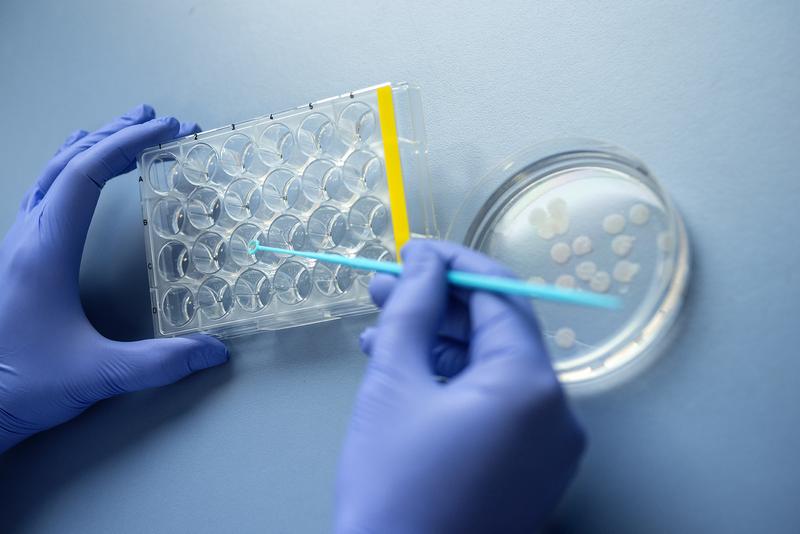

Viable lung tissue slices are among the in-vitro and ex-vivo models already established at Fraunhofer ITEM. The researchers now want to break new ground and refine or develop models of the heart.
Credit: Ralf Mohr / Fraunhofer ITEM
Advances in medicine through human-relevant disease models.
Worldwide, there is growing belief that biomedical sciences can advance with less animal testing by replacing in-vivo experiments with in-vitro models based on human cells or tissues. However, when it comes to elucidating disease mechanisms, especially at the organ and system levels, or to testing the efficacy and safety of drugs and medical devices, animal models are as yet indispensable. This is why researchers – also at the Fraunhofer Institute for Toxicology and Experimental Medicine ITEM – are working to develop new human-relevant disease and test models according to the principle of the 3 Rs, both in vitro and ex vivo.
In an effort to provide guidance to researchers on the translation of research findings from the laboratory into clinical applications, the European Society of Cardiology has published a position paper, pointing out the recent progress that has been made in attempting to use alternative methods to reduce the number of experimental animals in cardiovascular research. The paper mentions stem cell-based cell models, in-situ modeling of features of the heart, bioinformatic models based on large data sets and improved animal models currently in use that exhibit clinically relevant signs observed in patients with cardiovascular disease.
“Experimental research requires disease models – both in-vitro and ex-vivo –, especially models that enable better translation to the human situation than is possible with animal models,” explains Prof. Thomas Thum, Chairman of the ESC Working Group Myocardial Function and main author of the position paper. Thum is director of Fraunhofer ITEM and in his research has been using human cardiac tissue for several years to study disease mechanisms and to do research on potential novel therapies targeting heart diseases.
Heart diseases, however, are very complex, all the more so since other organ systems are usually involved as well. This makes it difficult to develop a suitable alternative model. Using in-vitro and ex-vivo models already established at Fraunhofer ITEM, so far in particular of the lungs and airways, and computational methods, the researchers now want to break new ground and refine or develop models of the heart. These models are intended to enable better prediction of research results in humans and at the same time to avoid animal experiments altogether wherever possible (replacement), to reduce the number of animals per experiment (reduction) and to keep their distress in experiments to an absolute minimum (refinement).
Originalpublikation:
https://academic.oup.com/cardiovascres/advance-article-abstract/doi/10.1093/cvr/…
Weitere Informationen:
https://www.item.fraunhofer.de/en/press-and-media/press-releases/alternative-to-…














